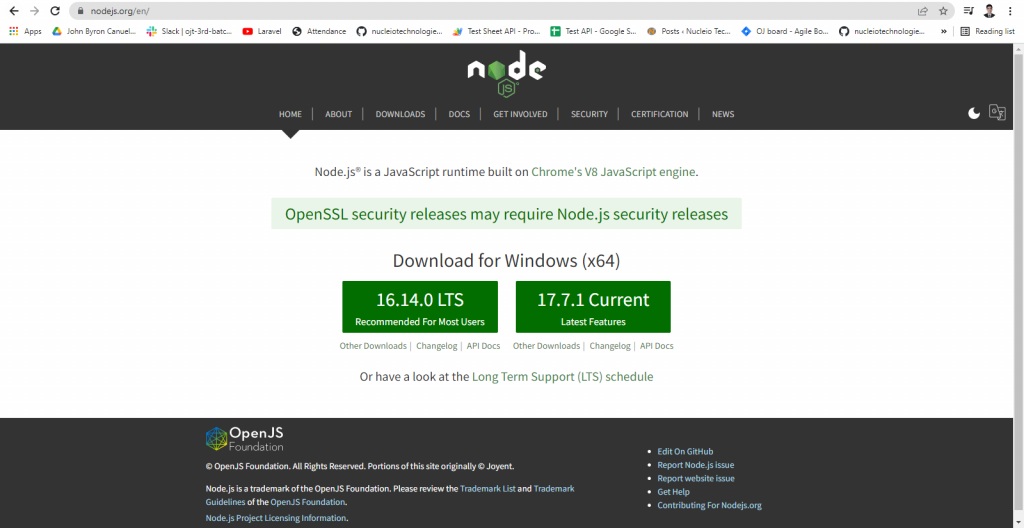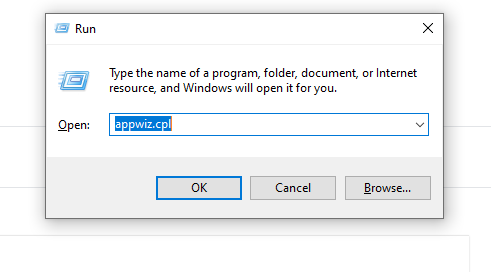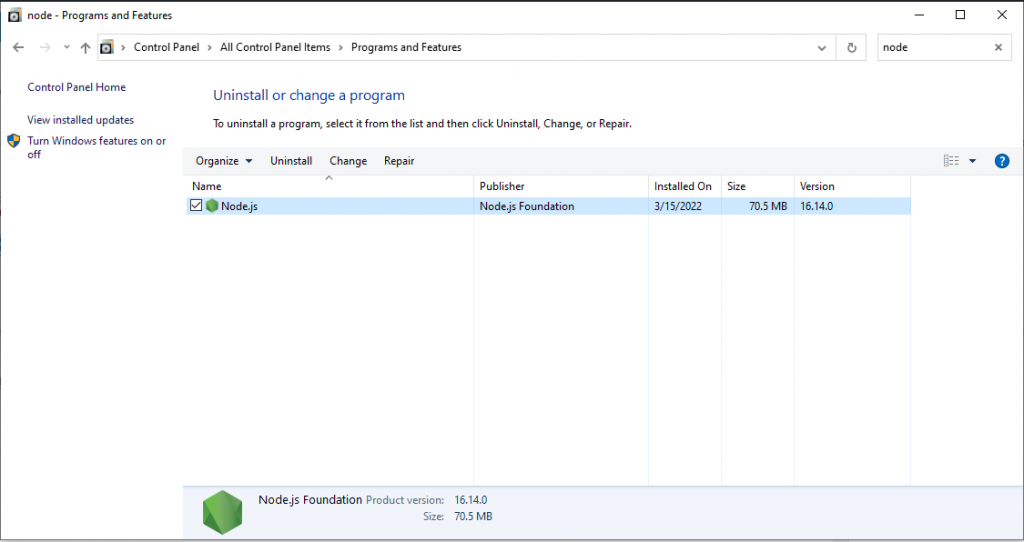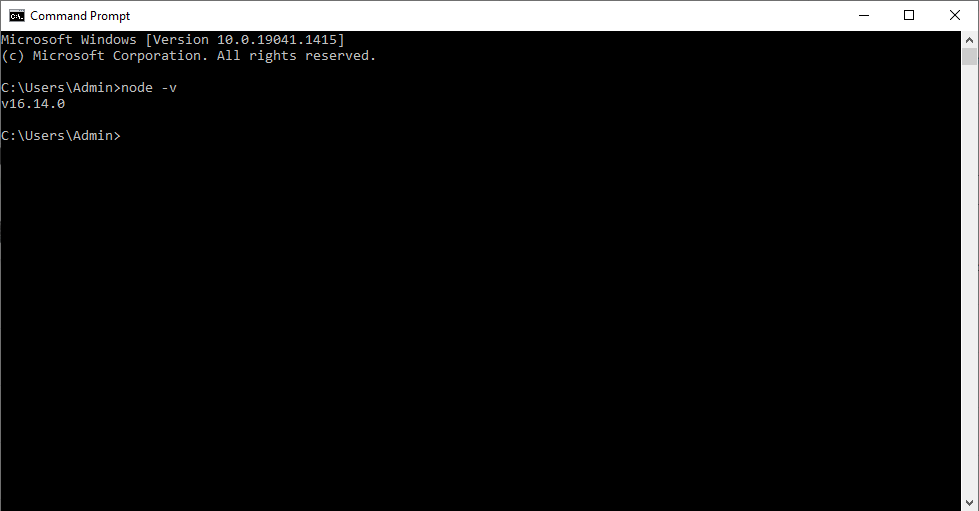Node.js is a platform built on Chrome’s JavaScript runtime for easily building fast and scalable network applications. Node.js uses an event-driven, non-blocking I/O model that makes it lightweight and efficient, perfect for data-intensive real-time applications that run across distributed devices.
Step 1: Download your wanted Node.js version on https://nodejs.org/en/.

Step 2: Pressing the Windows button + R on your keyboard. Then type this command appwiz.cpl.

Step 3: Find and Uninstall your existing Node.js.

Step 4: Go to Downloads folder and install the Node.js that you downloaded in the Step 1.
Step 5: Check your Node version through your command line interface.

